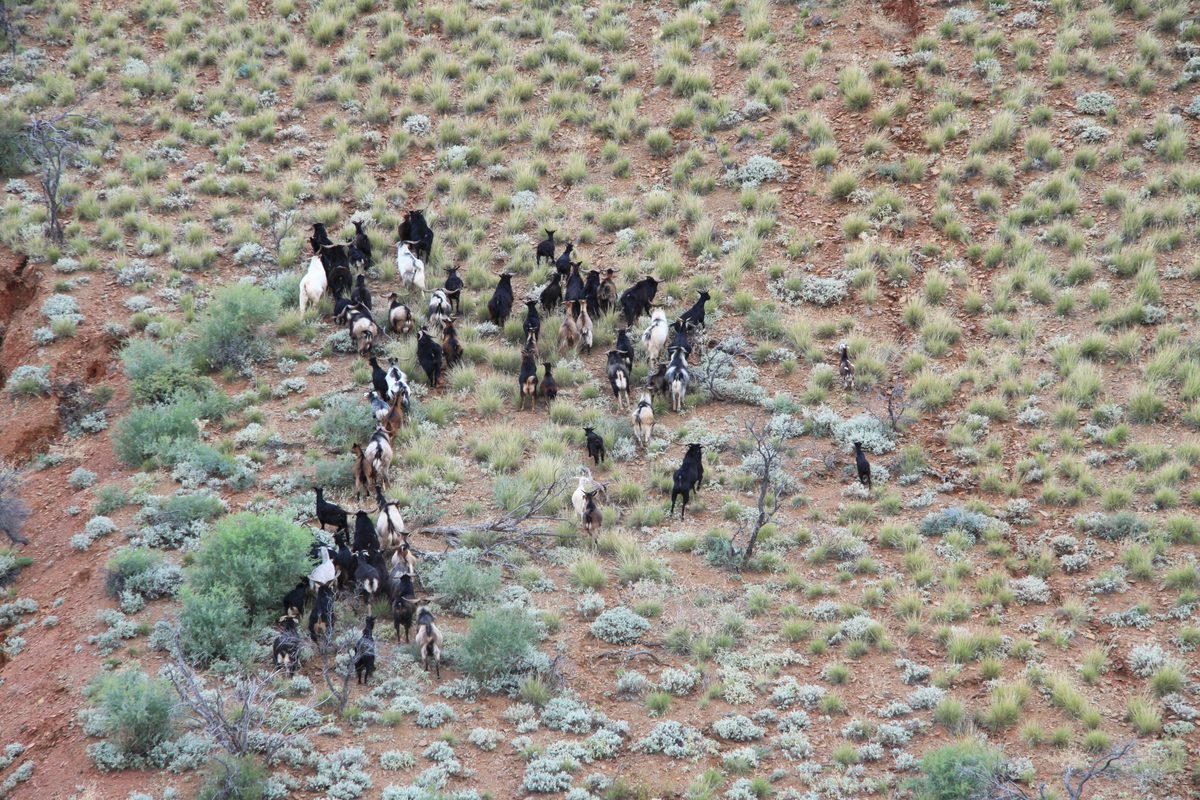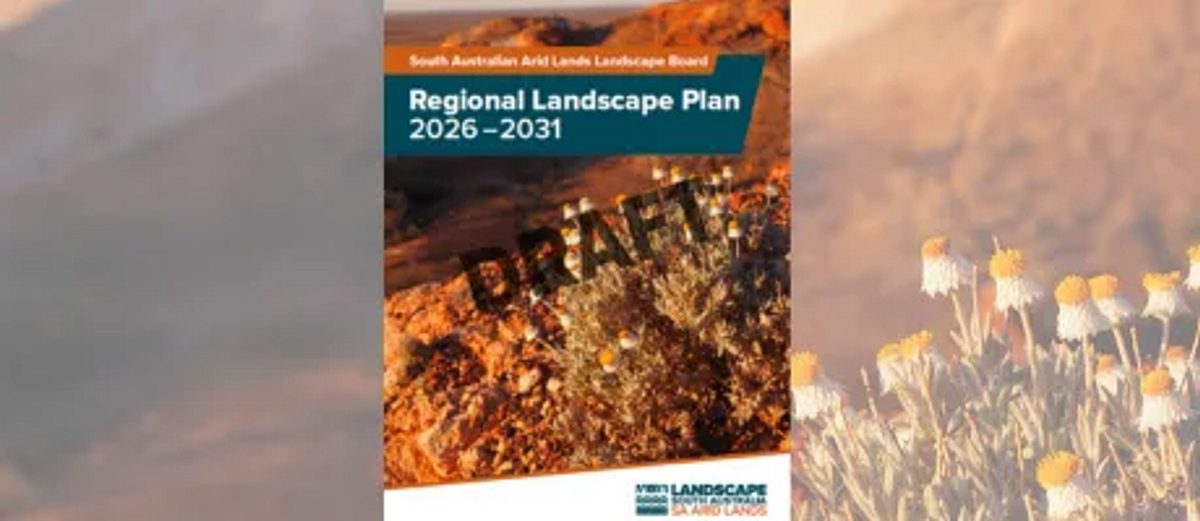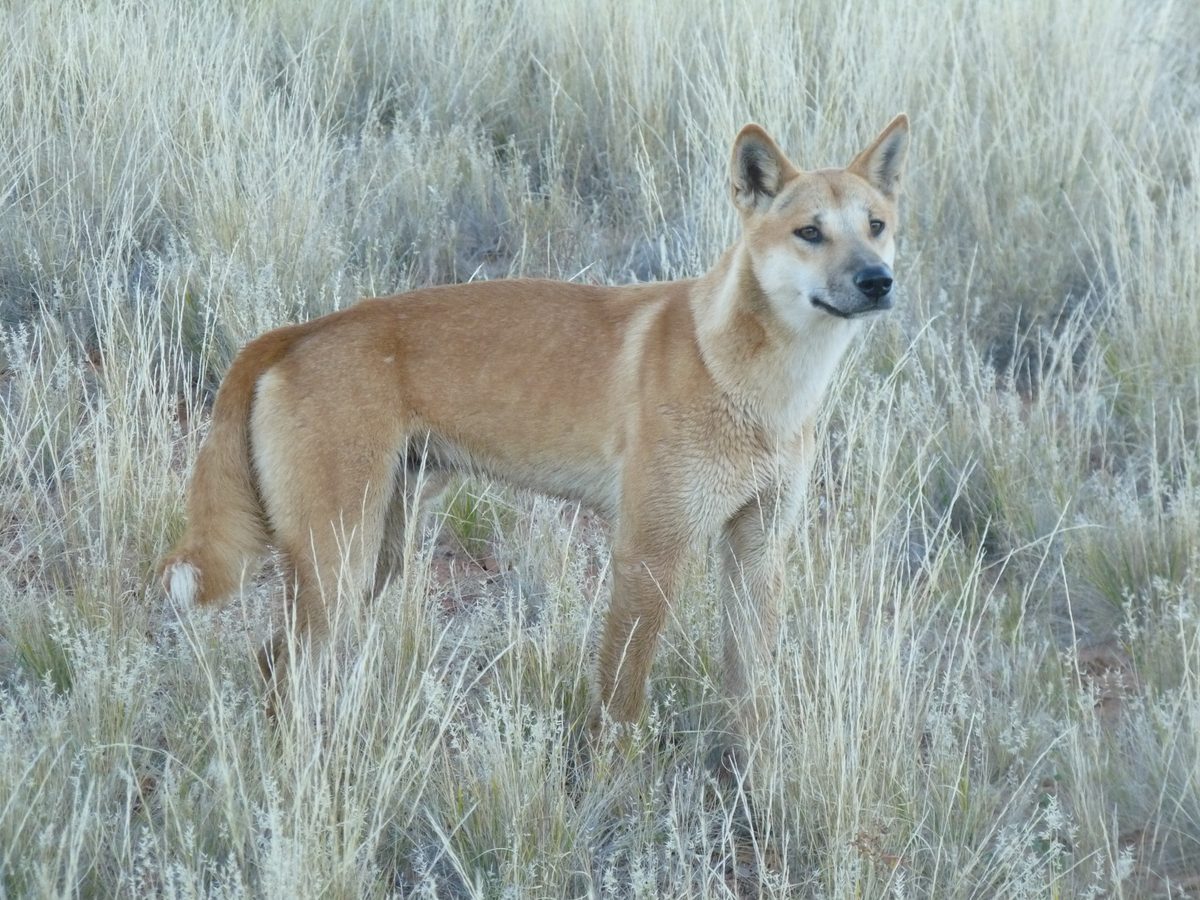Aerial trial maps cactus in the Flinders
Aerial trial maps cactus in the Flinders
Posted 11 June 2020.
An aerial imagery project mapping Wheel Cactus in the northern Flinders Ranges is set to save hours of work in locating the pest plant and aid control measures.
The Blinman Progress Association project started near Mount Sunderland, west of Oraparinna, on 25 May, and involved Adelaide University staff flying a drone to map the area and record the opuntia infestations.
Dr Ken Clarke and Dr Ramesh Raja Segaran had near perfect flying conditions to record a range of Wheel cacti densities. The imagery captured will be processed to develop maps using different colour spectrums that may highlight the cactus among other vegetation.
Blinman Progress Association member Bill McIntosh said if the cacti can be mapped accurately, it will make decisions easier on deploying resources for effective control.
“Much of the time and resources in treating cactus is consumed in searching the landscape and, if successful, this method would dramatically increase outputs and efficiency in control work,” Mr McIntosh said.
“The mapping will hopefully provide us with details on the level of infestations that we haven’t had available to us before.”
The Blinman Progress Association’s aerial cactus mapping project received grant funding from the Australian Government’s Communities Environment Program, which was awarded by Member for Grey Rowan Ramsey.
“The cacti control program is a perfect example of practical environmentalism with the local identification, control and management of a local issue,” Mr Ramsey said.
“The project attracts a significant ‘value-add’ from volunteers, who are prepared to contribute because of their love and commitment to the Flinders Ranges landscape and I thank them for their efforts.”
The trial mapping project occurred on Adnyamathanaha country in the Ikara-Flinders Ranges National Park and took place with the support and assistance of National Parks and Wildlife Service SA staff.


